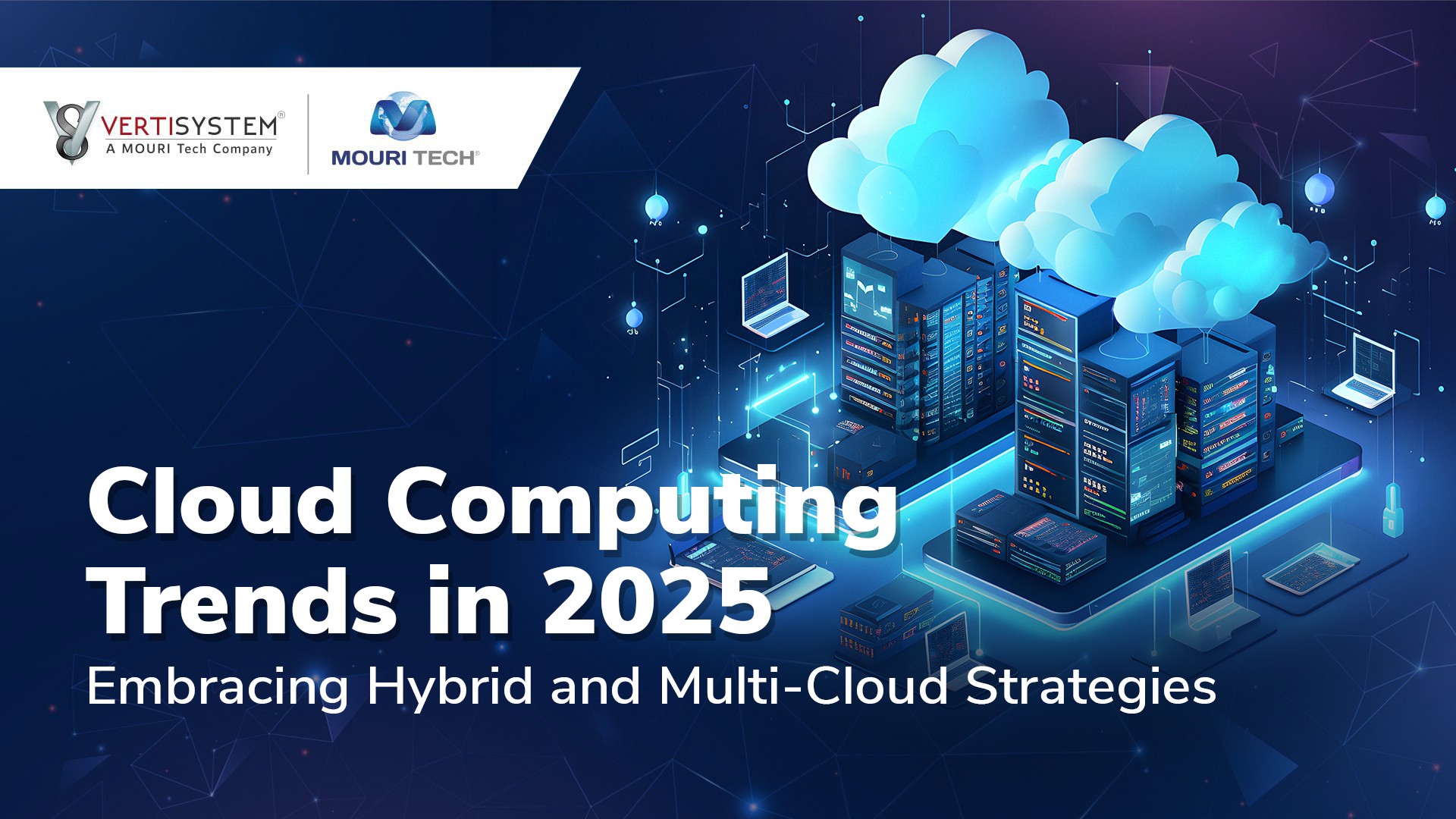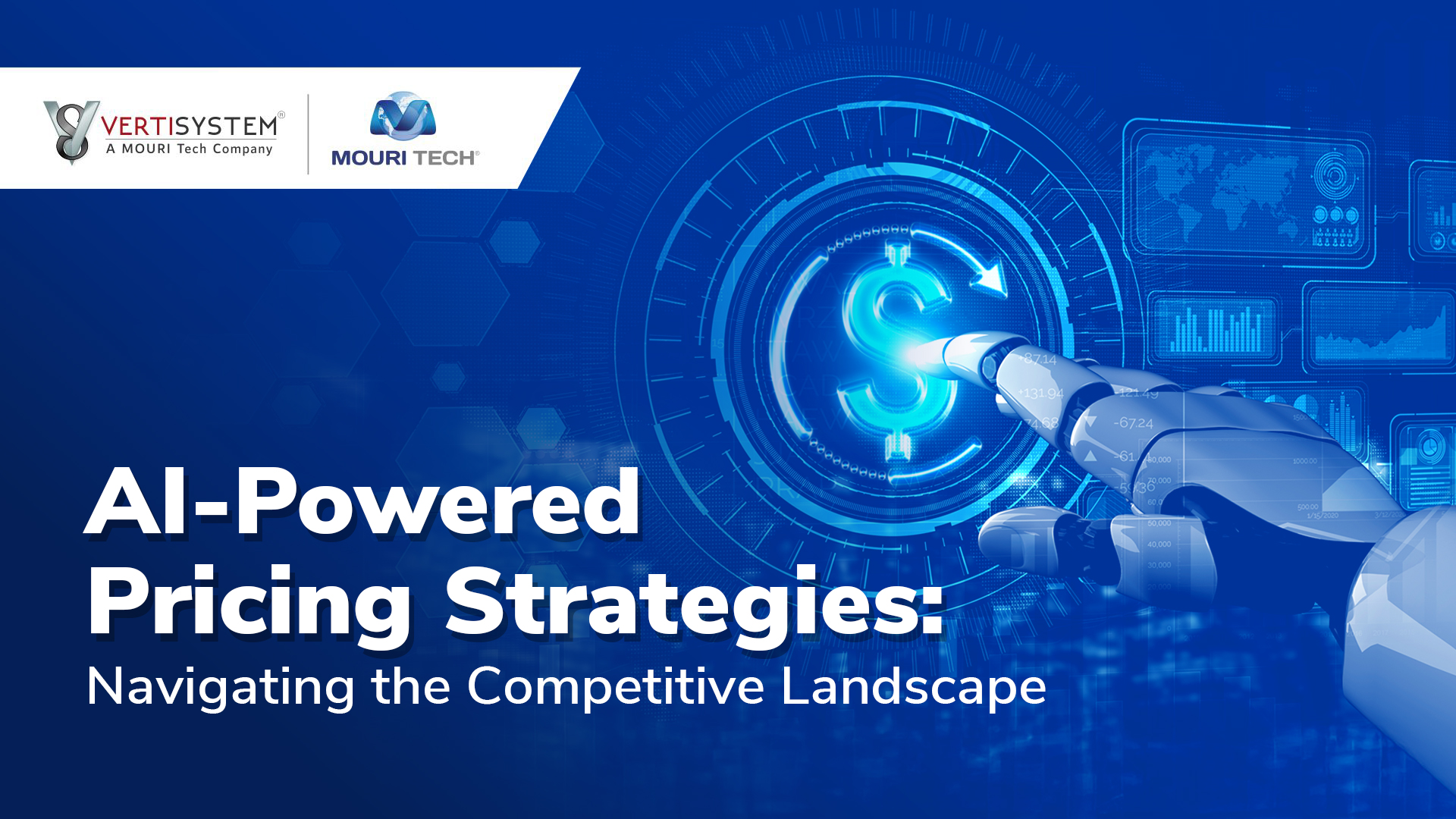In 2025, cloud computing has become more dynamic and integral to business operations than ever before. Organizations are increasingly adopting hybrid and multi-cloud strategies to enhance flexibility, avoid vendor lock-in, and optimize performance. This article explores the latest trends in cloud computing, the benefits and challenges of hybrid and multi-cloud approaches, and how Vertisystem is positioned to assist businesses in navigating this complex landscape.
The evolution of cloud computing has led to a paradigm shift in how businesses approach their IT infrastructure. The traditional reliance on a single cloud provider is giving way to more diversified strategies that leverage the strengths of multiple platforms. Hybrid and multi-cloud models are at the forefront of this transformation, offering unprecedented levels of scalability, resilience, and innovation.
The Rise of Hybrid and Multi-Cloud Strategies
Understanding the Models
- Hybrid Cloud: Combines on-premises infrastructure with public and private cloud services, allowing data and applications to move seamlessly between environments.
- Multi-Cloud: Involves using services from multiple cloud providers to avoid dependency on a single vendor and to capitalize on the unique offerings of each.
According to recent industry reports, a significant percentage of enterprises are accelerating their adoption of hybrid and multi-cloud strategies to enhance flexibility and resilience.
Key Drivers of Adoption
- Avoiding Vendor Lock-In: By distributing workloads across multiple providers, businesses can prevent over-reliance on a single vendor.
- Optimizing Performance: Different cloud providers offer varying strengths; leveraging multiple clouds allows businesses to optimize for performance and cost.
- Enhancing Resilience: Multi-cloud strategies provide redundancy, reducing the risk of downtime and data loss.
- Meeting Compliance Requirements: Hybrid models enable sensitive data to remain on-premises while still benefiting from cloud scalability.
Challenges to Consider
While the benefits are substantial, hybrid and multi-cloud strategies come with challenges:
- Complexity in Management: Coordinating between multiple platforms requires robust management tools and expertise.
- Security Concerns: Ensuring consistent security policies across different environments can be difficult.
- Cost Management: Without careful oversight, costs can escalate due to the complexity of billing across providers.
Vertisystem’s Role in Navigating the Cloud Landscape
Vertisystem offers comprehensive solutions to help businesses effectively implement and manage hybrid and multi-cloud strategies:
- Strategic Planning: Assisting in the development of tailored cloud strategies that align with business objectives.
- Integration Services: Facilitating seamless integration between on-premises systems and multiple cloud platforms.
- Security and Compliance: Implementing robust security measures and ensuring compliance across all environments.
- Cost Optimization: Providing tools and insights to manage and reduce cloud-related expenses.
As cloud technologies continue to evolve, businesses must stay agile and informed. The integration of AI, edge computing, and industry-specific cloud solutions will further shape the landscape. Organizations that effectively leverage hybrid and multi-cloud strategies will be better positioned to innovate and compete in the digital economy.
Embracing hybrid and multi-cloud strategies is no longer a luxury but a necessity for businesses aiming to thrive in 2025 and beyond. While challenges exist, the benefits of increased flexibility, resilience, and performance are compelling. With Vertisystem’s expertise and comprehensive services, businesses can confidently navigate the complexities of the modern cloud environment.
Get in touch to learn more.



